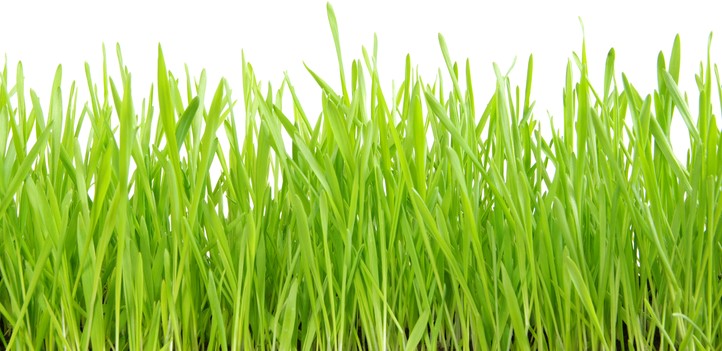
Lawn Care Guide
The Basics for a Lush, Green Lawn
Properly caring for a lawn includes regular maintenance, just as with any plant. That maintenance is, however, an investment that tends to show 100% return in most cases, plus you get to enjoy a lush green lawn in the meantime! Your lawn’s needs will vary greatly depending on location and climate. Here we’ll cover some of the basics and provide tips on tasks that should be done regularly no matter what climate you live in.
1) PICK YOUR GRASS SEED
There are two types:
Warm-Season - These types can withstand heat and drought and do well in southern states where the summers can be scorchers. However, they will turn brown and go dormant in cold weather. Choose from varieties such as Bermuda and St. Augustine.
- Fertilize in the spring
- Plant in the spring or early summer
Cool-Season – These varieties can withstand cold weather and hard freezes better but don’t do well in heat and need to be watered no less than every three weeks or so. Choose from varieties such as Creeping Red Fescue, Dutch White Clover,
Kentucky Bluegrass and Annual Ryegrass. - Fertilize in the fall.
- Plant your seeds about 45 days before your first expected fall frost.
2) AERATE SOIL
This should be done every few years, as soil becomes compacted and begins to choke out the roots of the grass. Aerating reinvigorates the soil, allowing water and fertilizer to permeate the ground.
3) SEED & FERTILIZE
Make sure you fertilize at the optimal time of year - not all grasses should be fertilized in spring. Fertilize your lawn based on the nutrition requirements for your grass that are lacking in your soil; this can be determined through testing.
4) ADD TOPSOIL
A depth of 100 to 150mm is recommended for topsoil. You can purchase a topsoil mix at your local gardening center or create your own with a mixture of sharp sand, loam, and peat or compost.
5) WATER
Light regular watering will create shallow-rooted grass. After your grass seeds have become well established, it is better to water less frequently but more thoroughly. How much you water will depend on the type of grass you choose and season. Refer to grass types above.
Other Considerations:
- Prevent spreading lawn diseases by regularly cleaning the underside of your mower.
- Sharpen mower blades to ensure clean cuts and avoid the brown tips that a dull blade can cause.
- Regularly rake up any leaves, twigs and debris, and clean large mounds of grass after cutting. Throw them into compost or mulch them (if you do not have pets).
- Move lawn toys and furniture around to allow the elements to reach each part of the grass and avoid brown areas.
|
|
|